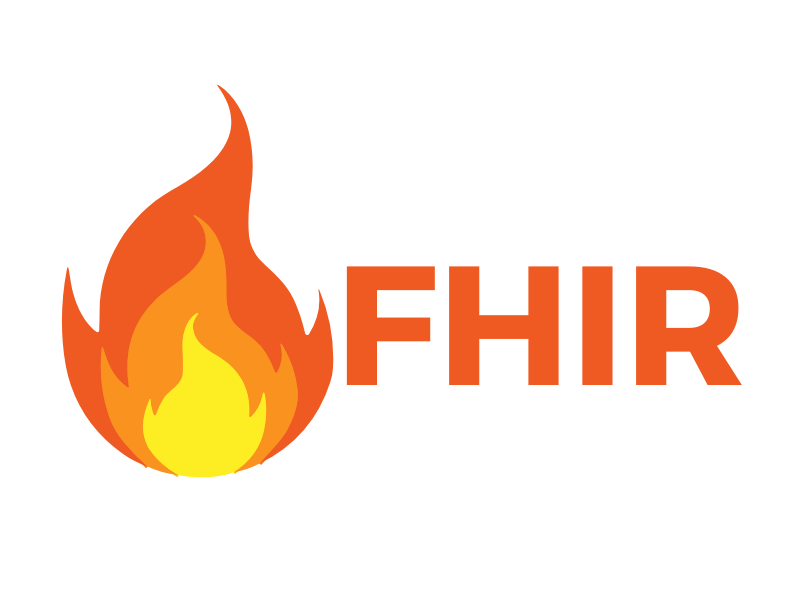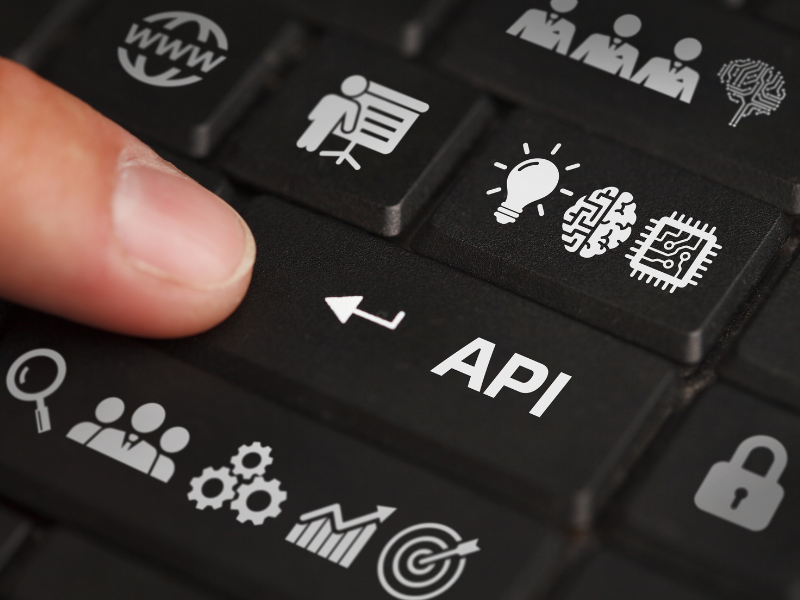Interoperability is essential, especially in healthcare, for it enables organizations to mix and match different systems and technologies. However, the challenge lies in ensuring a seamless data exchange among these systems. There are also matters concerning compatibility and security, which can complicate the process further.
With the help of modern technologies, FHIR APIs connect healthcare systems so they can seamlessly share data that health providers need to improve patient care.
This FHIR API overview shows how modern healthcare systems are evolving.
Table of Contents

FHIR API Explained: What Is It and How to Use It
Fast Healthcare Interoperability Resources (FHIR) is a standard used to exchange healthcare information between two unrelated systems. It organizes information into resources to create clear data formats and relationships. Examples of these resources include patient records, diagnoses, and medications.
An API (Application Programming Interface) bridges two systems by defining how data can be requested, retrieved, and updated. It creates the entry point for a computer program or system to access the data of another system. For an API to work, the exchanged data must be formatted in the same way.
Developers use FHIR APIs to ensure real-time communication and seamless data flow between two health systems. For example, EHRs connect with laboratory systems to obtain patient lab results and then reflect these results in respective patient portals. FHIR APIs help enable this flow of data.

How FHIR API Works
An API for FHIR standard follows the principles of Representational State Transfer (REST) architecture. This makes it easy to use and integrate with web-based and mobile applications. FHIR API uses HTTP methods to perform operations on resources, with each resource identified by a unique URL.
Servers, such as those used by an EHR system, are programmed with different resource types and interactions they can support. Meanwhile, third-party applications using the FHIR API are integrated into the EHR.
The API then supplies the resource and an indicator of the data needed for every request made. Requests can be as simple as one information resource, like the admission details of a single patient. It can also be as complex as a bundle of information like the patient’s medications and associated care plan or a bulk data bundle like the patient’s diagnostic test results over a specific period.
The REST format helps FHIR APIs specify what types of data and how many are needed. However, it doesn’t directly address security or privacy factors like authorization and authentication. These factors are addressed separately.
FHIR combines the best of existing health information technology with common internet standards to create a modern interoperability method. It gets the best of the HL7 standard while improving on its limitations.

Benefits of Using FHIR API in Healthcare
FHIR API simplifies the development and implementation of healthcare applications by providing clear and well-defined specifications. It results in the following benefits:
- Improved interoperability between health systems: When patient information is accessible and usable across the healthcare ecosystem, it enhances care coordination and patient outcomes.
- Easy to implement: FHIR uses standard web technologies such as HTTP, JSON, and XML, making it accessible to a broad community of developers with varying skill levels. It also offers comprehensive documentation, tooling, and resources to support developers throughout the development lifecycle.
- Flexibility and scalability: FHIR’s modular approach to data modeling allows for extensibility and customization to accommodate diverse healthcare needs and requirements.
- Improved patient engagement: FHIR API facilitates patient engagement by enabling patients to access, manage, and share their own health information through web-based and mobile applications. Patients can use FHIR-enabled apps to view their medical records, schedule appointments, communicate with healthcare providers, and participate in care planning. This increased access to health data empowers them to take an active role in their healthcare journey, leading to better health outcomes and satisfaction.
- Enhanced security and privacy: FHIR uses the latest web standards, such as JSON and OAuth 2.0, which assure providers and patients that their data is secure. This builds trust and confidence for both parties.
- Cost-efficient: Compared to the legacy approach, FHIR enables health providers to share data easily with lower costs because the complexity of managing and organizing data is significantly reduced.
- Better data management: FHIR reduces the risks of duplicate tests and procedures because patient data can be analyzed easily across different systems. This improves patient care and allows accurate analytics on population health tools.
Implementing FHIR API in Healthcare Systems
As FHIR consistently becomes a better and preferred standard, there’s no reason not to use its APIs. For instance, FHIR API connects clinical systems across different laboratories, enabling easy and immediate access to test results.
It also helps clinics share crucial data with specialists, emergency departments, and pharmacies, ensuring everyone is on the same page. When patients see a specialist, they’re confident that their complete medical information from the previous provider has been accurately relayed.
FHIR API also enables clinics to transmit patient billing information to the patient’s insurance company. This automated process reduces the administrative hassles and accelerates claims processing. Furthermore, they help clinics connect to the latest innovative tools and apps. These include telehealth platforms, remote monitoring apps, or handy smart devices. For example, Apple’s iOS Health App uses SMART on FHIR, a commonly used open-sourced FHIR API. iPhone users can now monitor their health from their phones and choose to share with their health providers the various data gathered by the Health App.
Ultimately, healthcare systems benefit a lot from implementing FHIR APIs. It’s also a win-win scenario since it improves care outcomes, benefiting patients and empowering them to become more proactive at managing their own health.







